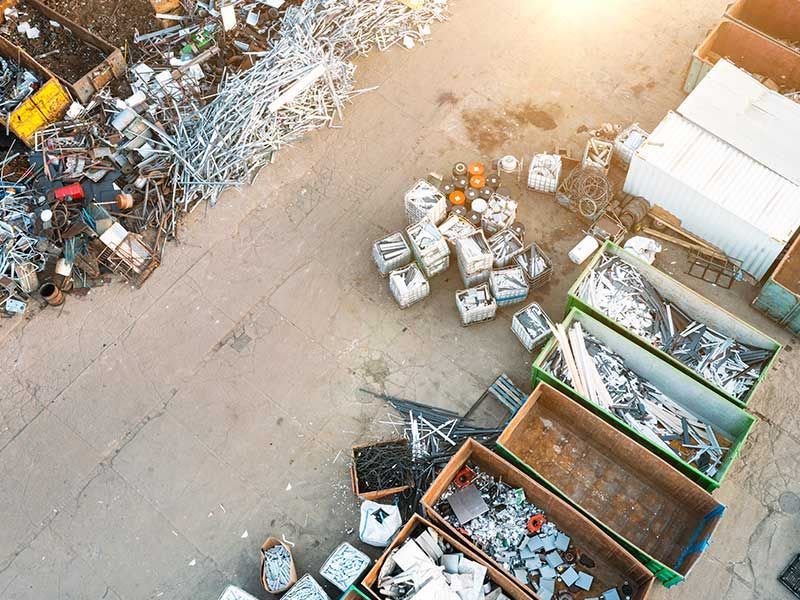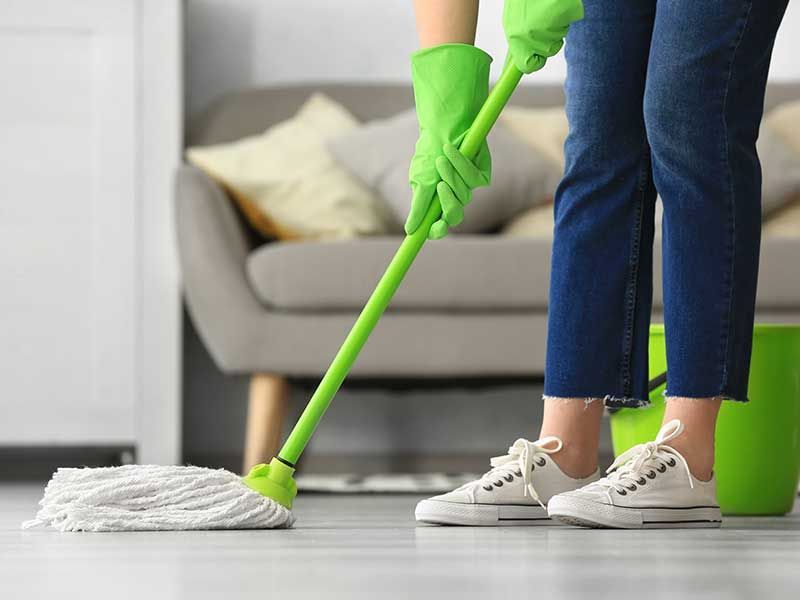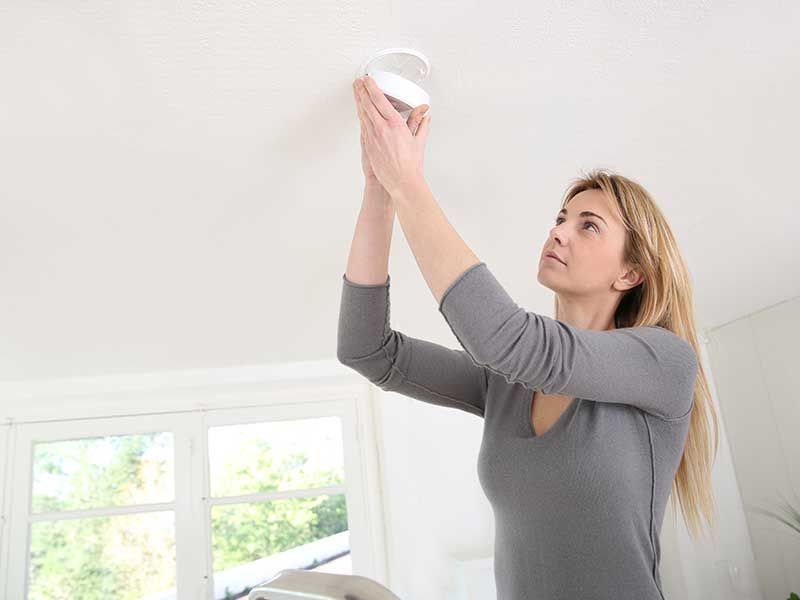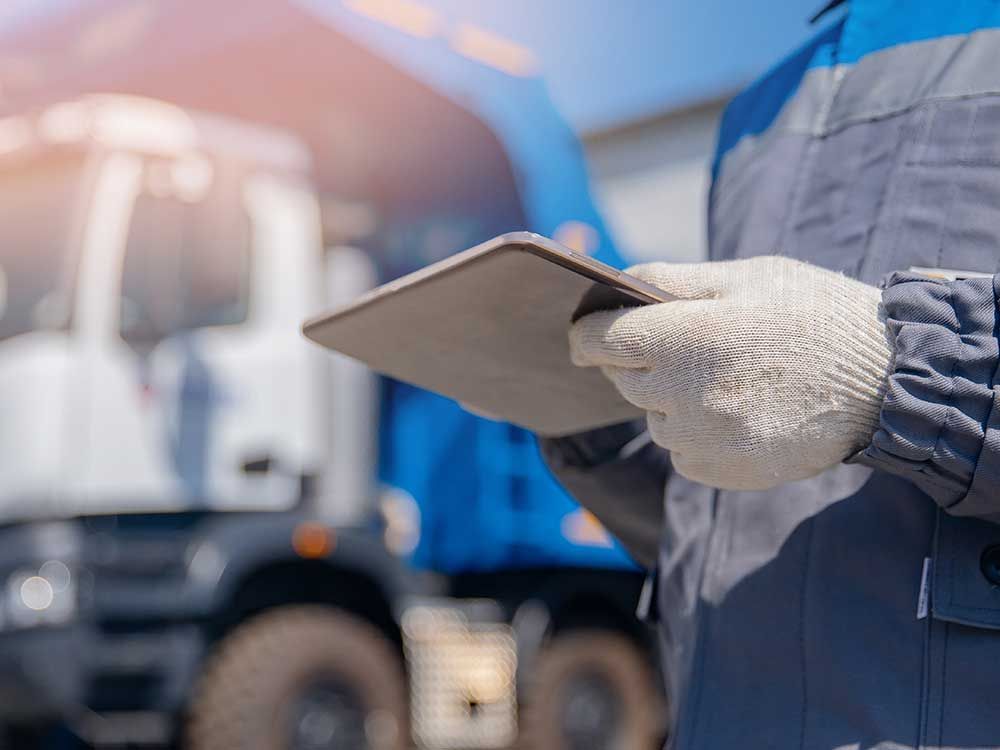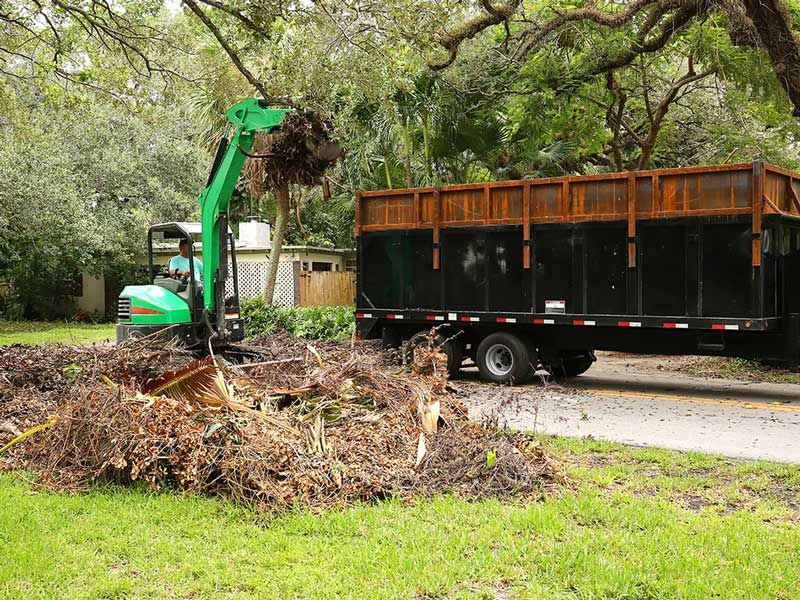A DIY Guide To Flood Damage Cleanup

Natural disasters or home emergencies like a flood can happen suddenly. When that is the case, we understand you want to restore your property just as quickly. For that, being prepared is the key. It’s essential to be ready to face a natural disaster and plan correctly for flood damage cleanup, as it can happen unexpectedly. If your property were affected, you’d have to perform flood damage cleanup before considering any repairs, which is why it’s crucial to get it right. In this blog, we’ll guide you on how to do it safely and correctly so you can return to everyday life as briefly as possible.
Ensure It Is Safe To Start Cleaning Up
After heavy rains or floods, the conditions might not be safe to start flood damage cleanup. Not even to get into your house. Before starting, make sure you’ve taken the following safety measures:
- Check the roads first to see if it’s safe to drive.
- Wear protective gear such as rubber boots, gloves, or a mask if needed.
- Ensure gas and electricity are turned off. Never do it yourself if there’s still water; look for professional assistance instead.
- Don’t enter your home if there’s structural damage.
- Watch out for holes or falling items.
- Take pictures of the damage before cleaning, and contact your insurance company.
Remove The Water
The first thing is getting water out of the way so that you can carry on with your flood damage cleanup. The most common method available is a sump pump, but there are other types you can use as well. Water removal should be done slowly, depending on the severity, leaving a 24-hour mark per foot removed. Doing the opposite can lead to structural damage, so make sure not to rush in this step. Another important thing is standing water removal to prevent mold, mildew, pest infestations, and other related problems.
Ventilate Your Home
Even though the water is out, moisture is still present, which could have dreadful consequences for your home. Because of this, the next step is to ventilate your home and ensure everything has time to dry before carrying on with flood damage cleanup. To prevent poor air quality, you can combine efforts with air-drying and turn on your HVAC after you’ve ensured it is in good working condition and wasn’t affected by the flood.
Remove Debris
With your home dry, it is finally time to start the flood damage cleanup by removing all the leftover debris and trash. Wear safety equipment and take the necessary measures to prevent an accident.
After removing the piled debris, you should also go through your belongings and dispose of anything damaged.
Pro Tip: To dispose of the debris safely and conveniently, you can hire our dumpster rental solutions so it doesn’t stay forever in your home.
Flooring
Flooring is the most vulnerable area when there’s flood damage. It should always be inspected first to see if it’s salvageable or must be replaced. If not, you can clean it following the proper guidelines depending on your type of flooring.
Get Your Home Truly Clean
Following these steps, you can complete flood damage cleanup without hassle, delays, and accidents. However, the actual end comes when all the waste is entirely gone. At Advance Disposal, we can assist you with that through our dumpster rental solutions in Greater Sacramento.
Our dumpster rental solutions are reliable and stress-free and can be acquired in three simple steps for your convenience. Don’t hesitate to contact us today!
